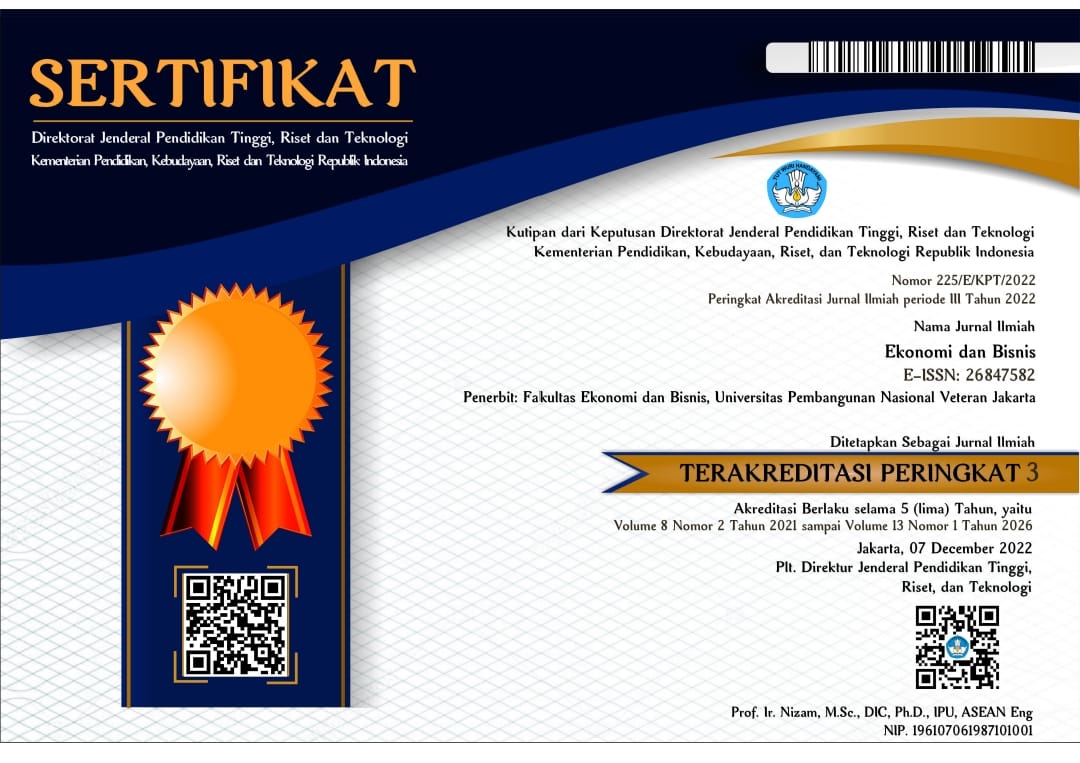PENGARUH EKUITAS MEREK TERHADAP KEPUTUSAN PEMBELIAN KARTU TELEPON SELULER THREE ALWAYS ON DI RW 007 PONDOK CABE ILIR – PAMULANG
DOI:
https://doi.org/10.35590/jeb.v2i1.705Keywords:
Brand Awareness, Perceived Quality, Brand Association, Brand Loyalty, Purchasing DecisionsAbstract
Purchasing decision is a decision as an act of ownership of two or more alternative choices. Many factors can influence the purchasing decisions of consumers to a product, such as brand awareness, perceived quality, brand associations and consumen loyalty. This study was conducted to analyze the effect of brand awareness, percceived quality, brand associations and brand loyalty on purchase decisions of celular card Three Always On. Population in this study were residents in the neighborhood RW 007 Pondok Cabe Ilir – Pamulang using celular card Three Always On. Samples taken 80 respondents. Sampling technique in this study was done by using purposive sampling. Is the primary data type. Methods of data collection using questionnaires. The analysis technique used is multiple regression. Results of analysis using SPSS Version 21.
Results showed simultaneously and partially brand awareness, perceived quality, brand associations, and brand loyalty positive and significant impact on purchasing decisions. Therefore, suggested in management company should continue to perform the management, development, and improvement of the various dimensions of brand equity, either by using the media campaign strategy, product innovation, and quality of service. Because today many various kinds of brandmobile phone cards issued by competing companies both domestic or international.
Downloads
Published
How to Cite
Issue
Section
License
Authors who publish with this journal agree to the following terms:
Authors retain copyright and grant the journal right of first publication with the work simultaneously licensed under a Creative Commons Attribution 4.0 International License that allows others to share the work with an acknowledgment of the work's authorship and initial publication in this journal.
Authors can enter into separate, additional contractual arrangements for the non-exclusive distribution of the journal's published version of the work (e.g., post it to an institutional repository or publish it in a book), with an acknowledgment of its initial publication in this journal.
Authors are permitted and encouraged to post their work online (e.g., in institutional repositories or on their website) before and during the submission process, as it can lead to productive exchanges, as well as earlier and greater citation of published work.
This work is licensed under a Creative Commons Attribution 4.0 International License.











